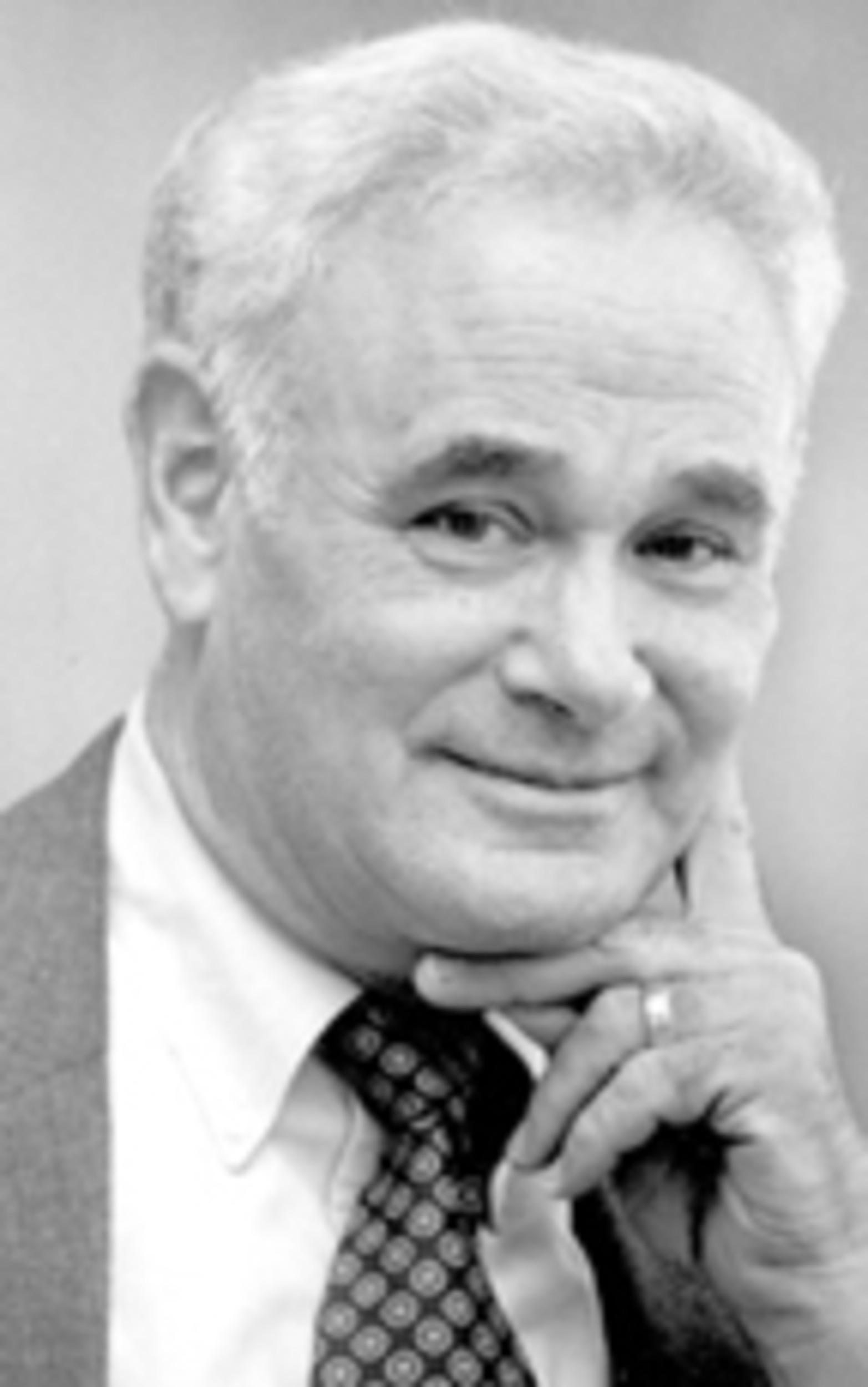On the uses of violence in fiction
Providence-based novelist Jon Land writes the kind of action-packed books I can’t put down. Once I begin a Land novel, I accept the fact that I will be staying up late the following few nights, turning pages in order to find out what happens next.
Land has a genius for plot development. In novel after novel – he has written 36 – he juggles multiple subplots and somehow manages to bring them all together into a single satisfying conclusion.
I have read at least 10 of Land’s novels. Between 2000 and 2005, Land asked me to comment on the pre-publication drafts of five of his novels, all stories that arose out of the seemingly intractable conflict between Israelis and Palestinians. In addition to crafting a complex narrative web for each of these five books, Land explored the evolving personal relationship between his two major protagonists: Ben Kamal, a Palestinian-American detective, and Danielle Barnea, his detective colleague who worked in Israel’s National Police bureaucracy. Land has a way of making us care about his characters.
During the past several years, Land has written a series of novels based upon the exploits of Texas Ranger Caitlin Strong. This month, “Strong Light of Day,” the seventh novel in the series, will be published by Forge.
The cast of characters from the previous six books has returned: Along with Caitlin Strong, the brash 40ish Texas Ranger, the reader is reintroduced to her lover, Cort Wesley Masters; his teenage sons, Dylan and Luke; Guillermo Paz, the 7-foot ruffian with a sometimes heart of gold; and the ghost of the old man Leroy Epps. Whether “real” or a figment of Cort Wesley’s imagination, Epps manages to turn up at just the right time.
As is typical for a Land story, “Strong Light of Day” is continually jumping back and forth in time and place: One moment, it is 1983; another moment, it is the present. We are in one of several different locations in Texas; and then we are in New York City; then Kiev, Ukraine; then Manhattan, Kansas; then Penza, Russia; then Washington, D.C. The feel of Land’s fiction is cinematic: enhanced by his frequent use of crosscutting, the rapid-fire interweaving of two or more scenes. Indeed, when I interviewed Land in July 2014, he told me that his books “are novelizations of nonexistent movies.”
On July 29, I met with Land to discuss the use of violence in his fiction. I wanted to talk about a particularly gruesome scene in “Strong Light of Day.” At the beginning of our give-and-take, Land stressed that “violence for its own sake is exploitive” and that a writer should never use violence “as a bludgeon.”
Land went on to draw a distinction between using violence as a “plot point” and using violence as a “character point.” Violence used as plot point advances the story. The prologue to “Strong Light of Day” opens in 1983 with a bar room brawl in San Antonio, Texas; the antagonists are Caitlin’s father, Jim Strong, and Cort Wesley’s father, Boone Masters. On one level, their fight seems extremely violent – “chunks, splinters and shards” of a broken chair “amid a shower of glasses toppled from the shelves;” both men wind up in the hospital. Nevertheless, the scene seems deliberately staged, slapstick, almost cartoonish. At the same time, this violent episode does provide a back story to the relationship between Caitlin and Cort Wesley. In addition, the fight brings “the Russian mob” into the story, and 30 years later the offshoot of this mob will play an integral role in the plot.
By way of contrast, some scenes of violence are not plot points but character points; that is to say, they are created not to advance the narrative but rather to tell us something about the protagonists. In his most recent book, as he proceeds to unfold a number of different plot lines, Land brings us to New York City and introduces us to Calum Dane, CEO of Dane Corp., a behemoth conglomerate with interests in petro-chemicals, pesticides, pharmaceuticals and electronics. Dane is perhaps the most frightening villain found in any of Land’s novels – frightening because he is so believable, believable in his narcissism, believable in his cruelty. Deeply scarred by the death of his older son in Afghanistan and by his inability to accept the homosexuality of his surviving son, he is a lost, and therefore dangerous soul, the embodiment of evil. Isolated by his vast financial power, he is a man without any sense of limits, a prisoner of deep and dark emotions, which he cannot control.
When Dane goes to the Manhattan hotel room of Brandon McCabe, a young cripple who dared to challenge him at his company’s annual meeting, Land creates a scene of violent fury unlike anything I have read in his other works. It is a scene I cannot forget and do not want to forget; for it warns of our ever-present human capacity to explode into mindless, all-consuming violence. As Land pointed out to me, the violence in Brandon McCabe’s hotel room is visceral and personal – personal because one can imagine oneself being in Brandon’s situation.
On more than one occasion, Land has made clear to me that he is a “commercial” rather than a “literary” novelist; he wants to sell books. It is no accident that I have found every one of his books highly entertaining. Should you pick up a copy of “Strong Light of Day” when it comes out later this month, I can almost guarantee that you will be entertained. In addition to experiencing a rollicking roller-coaster ride of nonstop adventure, you will also be taking a more disturbing journey into the heart of our own human darkness.
JAMES B. ROSENBERG is rabbi emeritus of Temple Habonim in Barrington. Contact him at rabbiemeritus@templehabonim.org.








